When you look at the BC Hunting Regulations, in every region there are predator hunting seasons. In most regions, the list of hunted predators (for example, black bear, wolf, coyote, cougar, bobcat, lynx, plus racoon and skunk) outnumber the ungulate species available.
Advertisement
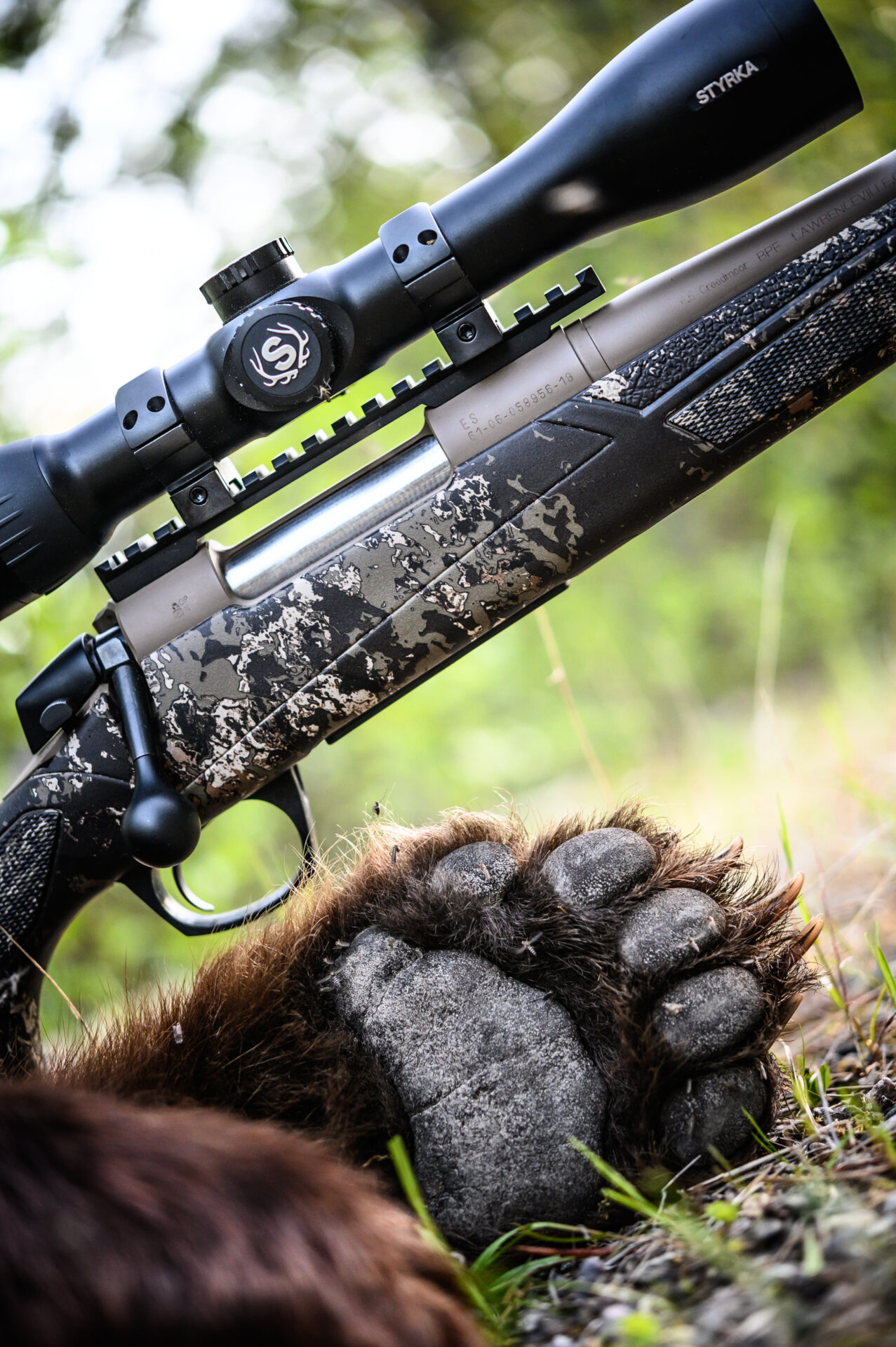
When asked about predator numbers in their region, provincial biologists’ replies can include “abundant,” “certainly no shortage,” “plentiful,” and “room for more hunter participation.” However, not all of those species attract hunter interest. Racoon and skunk seasons are likely in place to allow the killing of nuisance animals. Lynx and bobcat are much more likely to be taken by trappers than hunters. Black bears, wolves, coyotes and cougars, though, are actively hunted.
The predator hunting seasons are long and the bag limits generous, and these regulations have changed little for decades. Predator hunting has a long history in this province, including bounties in some cases, yet the predator populations remain robust. Provincial biologists seldom conduct a systematic inventory of predators, as is done for most ungulates, but other population indicators, such as sightings, livestock attacks and reports to conservation officers, all suggest that predator populations are healthy and some may be increasing, despite sport hunting. Still, hunting predators is an emotionally charged issue in this province and some non-hunters would like to see it stopped. These hunting seasons are currently allowed in BC because there is not a conservation concern and there is a demand. So, why would a hunter want to hunt predators? As with many human activities, there are many reasons, and not a universal motivation. Some reasons, such as for food, livestock protection or biological control, are more easily understood than motivations like collecting trophies or the thrill of the hunt. When asked, a hunter’s reply might simply be, “Because I can.”
Advertisement
Some hunt predators for food. Black bears are the most popular species, and for these hunters, bear hunting has a lot going for it. Although there are both spring and fall bear hunting seasons, the spring season is particularly attractive, in part because there are few other hunting opportunities at that time of year. Bears are recently out and feeding after spending months in their winter dens and they are as “hungry as a bear.” Bear meat in spring is lean, and, similar to pork, can be served as chops, hams, roasts or sausages. Each year from 2016 to 2020, an average of almost 15,000 hunters reported hunting BC black bears and harvesting an average of 3,900 bears annually. Grizzly bear hunting was banned in BC in 2017, but before the closure the average annual harvest was about 155 grizzlies, or about one per cent of the 2018 provincial population estimate of 14,900. Although no one is hunting grizzlies currently, the meat has a reputation of being poor table fare, although other hunters say it is as good as any black bear.
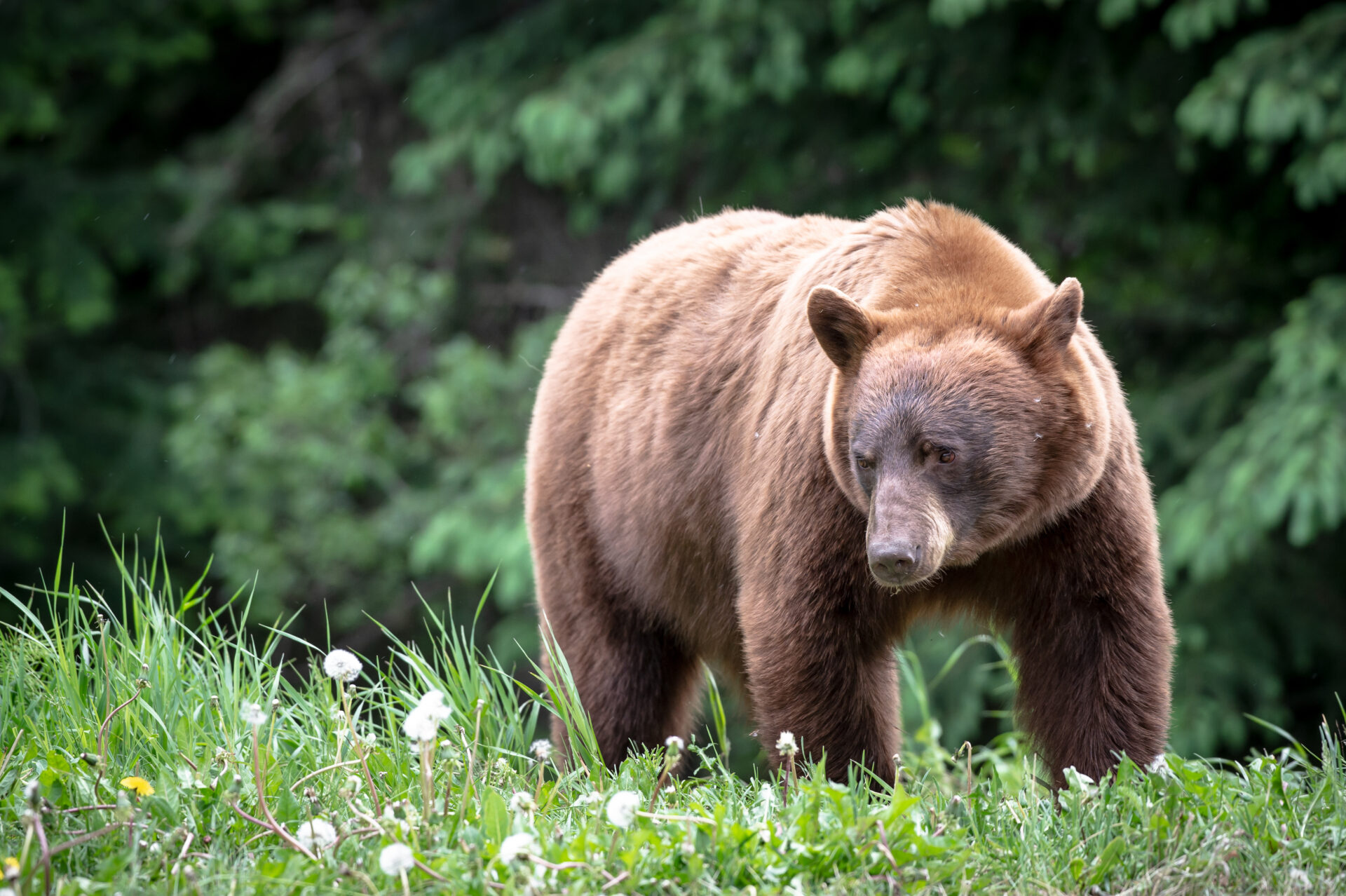
The meat of predators in the cat family (cougar, bobcat and lynx) may also be found on a dinner table, but certainly less commonly than black bear. Hunters (both resident and non-resident) took an average of 225 cougars annually from 2016 to 2020. Hunting records for lynx or bobcat are not available, but the numbers of these animals taken by hunters are likely to be small. For many hunters, the Sportsman’s Club annual banquet is the only time they have an opportunity to taste wild cat meat.
Advertisement
Predators in the dog family (coyotes and wolves) can be hunted in every region of the province. However, hunting these species is not likely for the meat, which is reported to be lean and tough. So meat hunting is likely not the prime motivation for all predator hunters. In fact, if it was just for food, meat from the supermarket is cheaper and easier to obtain than to hunt it yourself.
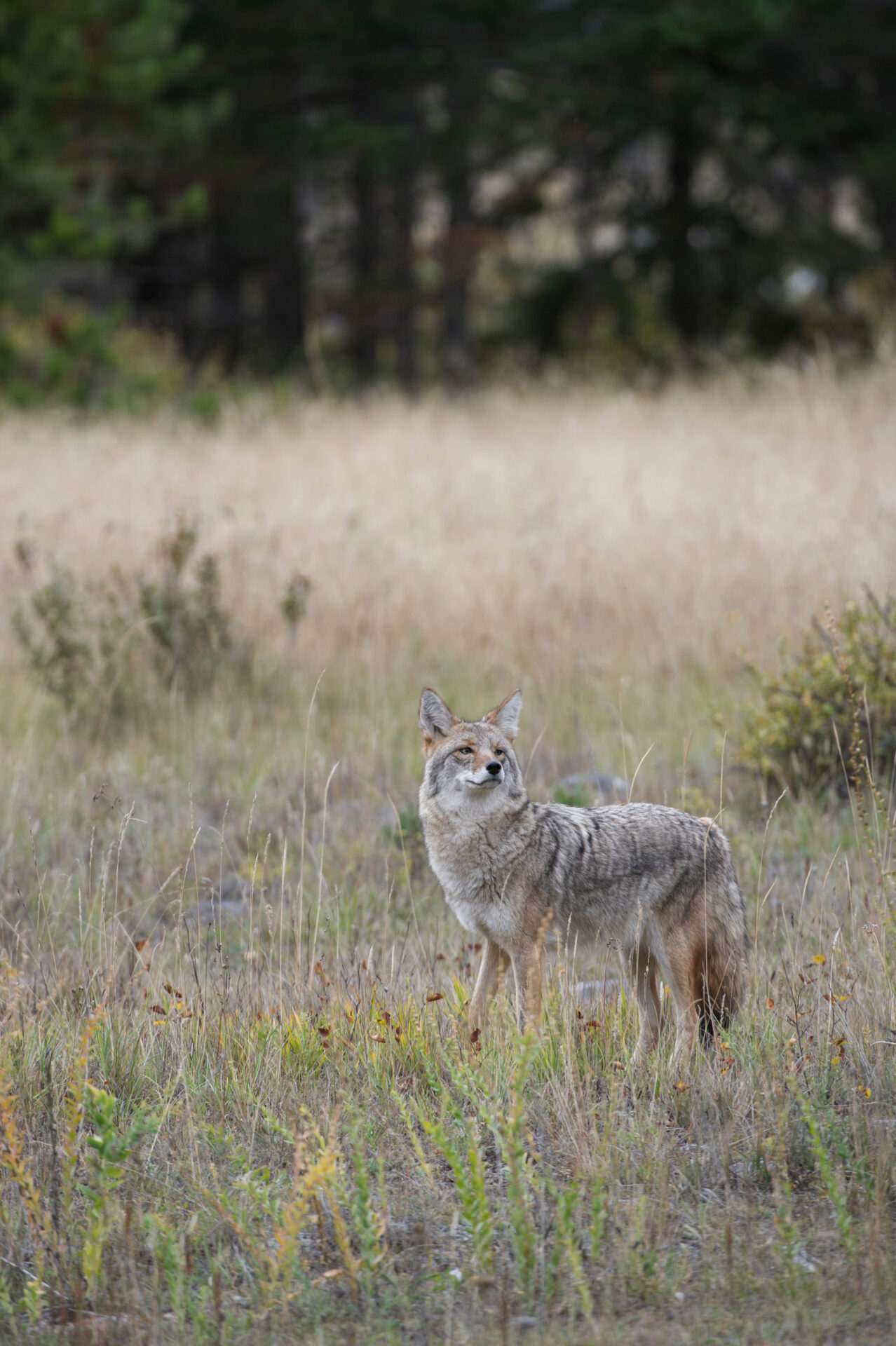
For other hunters, the reason to hunt predators may be to protect livestock like chickens, sheep or cattle, or possibly a concern for personal safety. There is no way to know how many hunters hunt predators for this reason, but they are likely hunting a specific animal or a very local population that is giving them grief, and they may stop when the problem is solved. The current situation with Stanley Park coyotes is an example, although that control involves professionals, not sport hunters.
The hides of some predator species, particularly those taken in winter, can be valuable as fur. So some predator hunting may be motivated by the financial return. However, considering the cost of fuel, bullets and tanning the hide, the number of hunters who hunt predators just for the money is likely small.
Somewhat along the lines of livestock protection is hunting predators to try to remove some competition for the ungulates that the hunter wants to pursue. This is perhaps the key reason for many hunters. The basic fact is that predators kill deer, elk, moose, caribou, wild sheep and mountain goats. So, removing a cougar or a couple of wolves or coyotes likely saves some of these ungulates, at least for that season. However, predator species, and wolves in particular, have high reproduction and dispersal rates, so the niche left by the hunted predator is likely quickly refilled. Recently, wolves have been the target of systematic control to reduce the predation on endangered caribou herds. However, you have to remove a high proportion of the wolf population to see this effect, and then maintain the control measures for several years. Sport hunting alone would not be enough. Even if sport hunting did have a negative effect on a specific predator population, changes to bag limits and season lengths would allow a struggling population to recover.
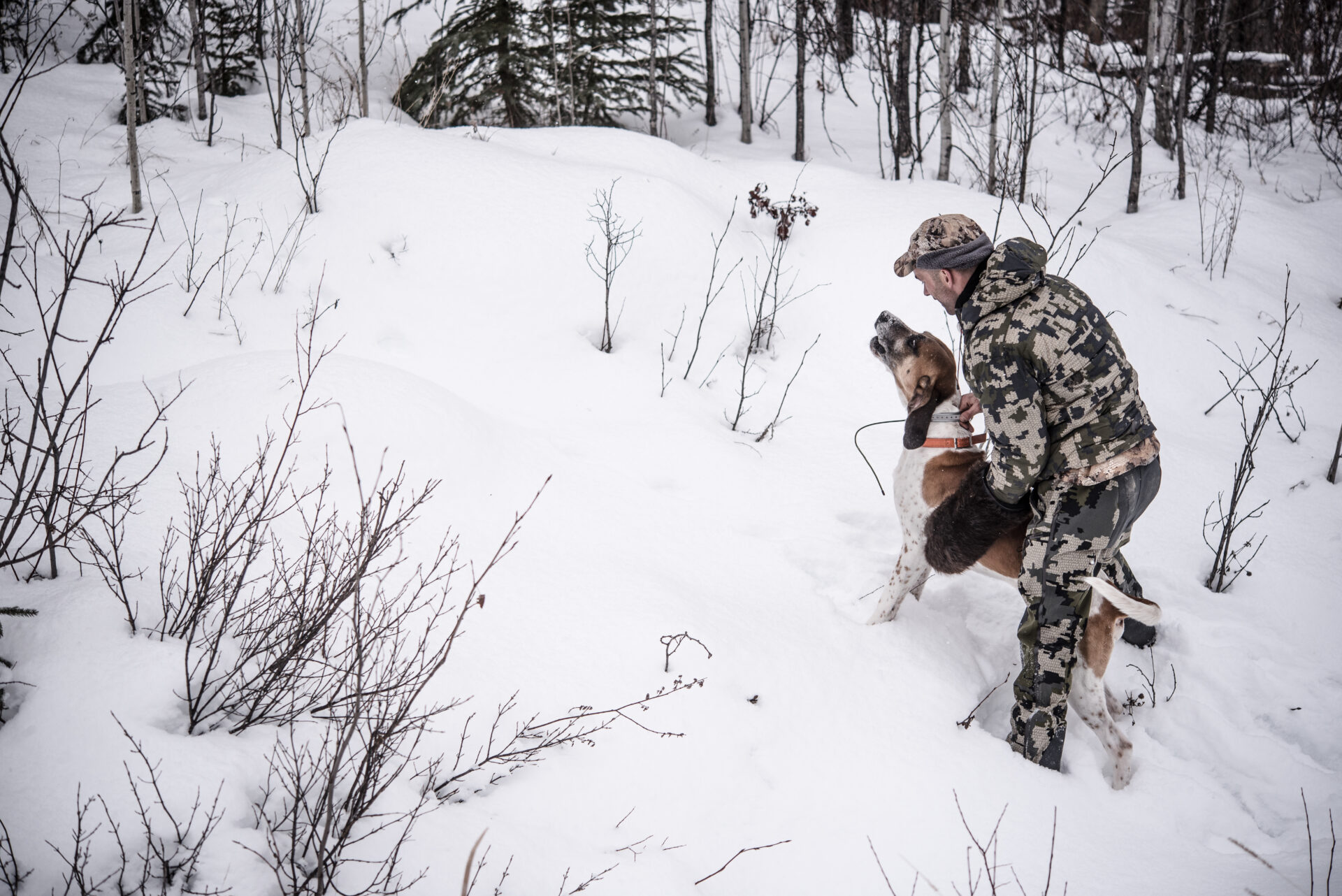
In a world without humans, predator/prey relationships would develop. In some relationships, such as lynx and snowshoe hares in northern forests, or moose and wolves on Isle Royale, the predator and prey populations never reach an equilibrium, but regularly go through wide fluctuations of abundance and scarcity. Humans complicate the situation by favouring prey species and punishing some predator species. However, the biggest impacts humans have on nature is loss of habitat. Some habitat is gone for good, covered by roads, cities, shopping malls and parking lots. However, coyotes are thriving. Almost everything we do to the land, from logging to farming to dumping our garbage, produces potential coyote food. Wolf control over the past century removed a major natural coyote predator, so that there are now more coyotes in the world than ever. With a taste for wild lambs and calves and fawns, coyote predation is a now factor for many BC deer and wild sheep populations and that motivates many hunters.
In addition to the potential reasons to hunt predators discussed so far, there remain some personal motivations that non-hunters might find difficult to understand, namely, hunting for trophies and hunting for the thrill. Both appear to have roots deep in our DNA. Many people have an urge to collect things, whether books, stamps, coins or souvenir spoons. Some prefer collections taken from the wild, like sea shells or rocks or butterflies or, yes, mounted wild animal heads. There is no rational explanation, some people just want to acquire many examples of a specific thing, and most could not explain why. It is just something they enjoy and like to have.
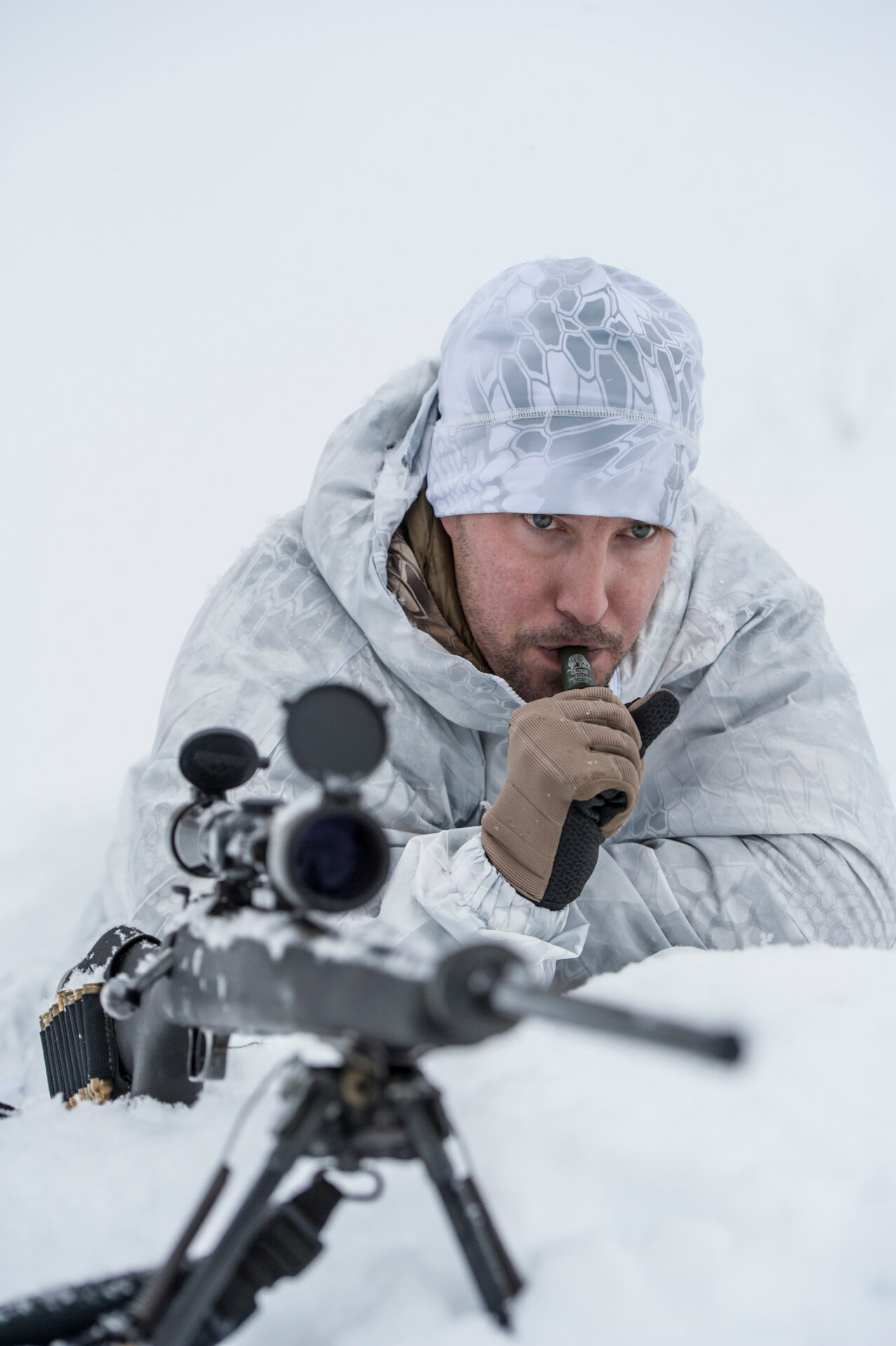
The last potential motivation to hunt predators applies to hunting in general, and that is the “thrill of the hunt.” This is not the same as the thrill of the kill. If hunting only meant killing something, a person could save time and money by buying a live animal from a farmer or even a pet shop and take it to the woods and kill it. But no hunter does that. A hunt involves planning, preparation, knowledge of animal habitat and habits, sacrificing personal comfort, being alert even while still in the truck, being constantly aware of your surroundings when you walk, spotting and identifying the quarry, stealthily getting into shooting position… and then the shot. Even after the kill, a hunt involves proper field care of the animal, packing out the meat as well as the hide and/or antlers and then, maybe just as important, a good campfire story. It is all of those things together that separates a hunt from a walk in the woods and brings a hunter back again next year. This too seems to be something handed down from our ancestors, and hunting seems to scratch a deep-down itch.
So, there may be any number of reasons why a hunter would want to pursue and kill predatory animals, and, since there is no conservation concern with a regulated hunt, then the answer to, “Why hunt predators?” is why not?